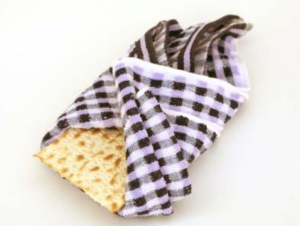Every summer I travel to our summer home in a place called Muskoka. It is a small city very close to Ontario, Canada that is basically a town on a lake. Everyone who lives there owns a cottage and goes from island to island via boat. It is a wonderful place filled with fun, good whether, and silence. This makes it the perfect place to create a story of a monster that wonders through the trees. I decided to interview a long time local of Muskoka and ask him about the rumored monster known as the Horla.
Collector: “What is the story of the Horla?”
Informant: “Well, this is a story that goes back generations and generations. The rumor is that it lives deep in the forest on Cameron island and at night time it comes out and snatches up anyone that dares wonder the lake at such late hours. Apparently it feeds off of the people who crash into the island at night due to a boating accident of some sort.”
Collector: “Has anyone seen the Horla?”
Informant: “Some say to have seen it, but know one knows for sure.”
Collector: “Did they describe what it looked like?
Informant: “It was said to be twenty feet high and only climb through the trees. It had the posture and appearance of a giant monkey or sloth.”
This was a particularly enjoyable interview because I have been traveling to this place for my entire life and have never seen anything to resemble the Horla. I tried to do some research to find some background on the monster but only came across a horror story called “The Horla” written by French writer Guy de Maupassant. Although it is not about a monster of any kind, it is a scary story and that connection could relate to the story that I am now familiar with.

